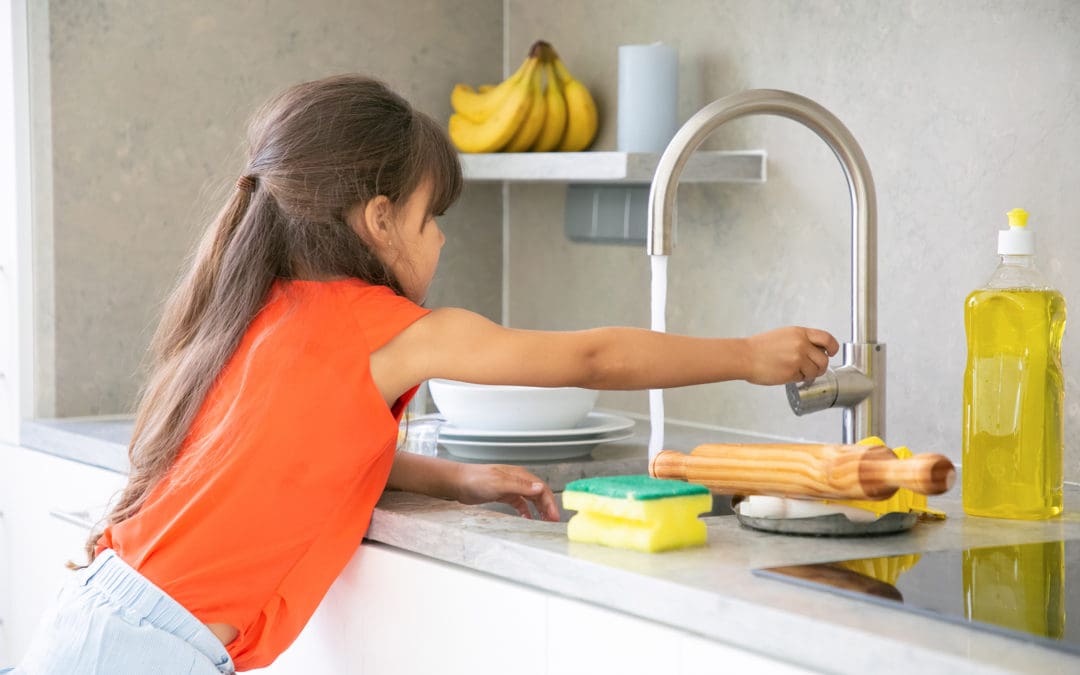Experiencing and improving participation in daily activities is part of every child’s development. We could all agree to that, right? It is a set of basic goings-on that are little by little applied to a kid’s daily routine. These practices include tasks such as personal care, practical living skills, and even public transportation. We call this “activities of daily living” or also known as ADL. These everyday jobs are quick learned for most children and become automatic easily. However, for children with diverse needs, these tasks might be more challenging; therefore, they might need some extra support, adaptations, rewards for completing tasks, etc. The levels of assistance can vary from visual, verbal, or physical support.
Today, we’re giving you a greater view of what are the wonders of daily activities for youngsters with diverse needs. Learn more about the advantages of encouraging such practices, the potential challenges, and other must-know details.
Challenges Of Parents On Practicing Daily Living Activities
As much as parents want their children to be independent in their daily tasks, achieving it might be an inescapable trial, and the best way to solve it is by determining them one by one. With or without an adult’s help, these following matters can be faced by a kid:
- Difficulty in Bathing
- Confusion with Dressing
- Issues with Toileting
- Food selectivity or motor challenges impacting eating
- Difficulty in participating in sports and physical activities
- Confusion with transmitting from one activity to another
So, to avoid such things from happening, encourage their participation t as early as they could. Of course, parents will be there for every step of the way.
Parents should believe that the sky is the limit when it comes to the child’s potential, so encouraging participation and independence will, for sure, get the kids to grow more and more.
Top Daily Living Activities To Try With Children With Diverse needs
Teaching kids new skills is hard work. It makes us think how complex these activities can be. When it comes to teaching children with diverse needs, it might require even more effort.
But remember, doing such activities doesn’t have to be grand and fancy. Simple activities like the following will help them more than you think. Yet again, this is better and way more effective under parents’ supervision and guidance.
1. Pack away toys: There’s no doubt that toys are the most common items used by children for fun and recreational purposes. Thus, including this as part of your child’s ADL is truly beneficial. Let them play with toys and teach them to pack it after usage. Assure that by doing such practice, your kid will be more responsible even in a young age. In addition, they can feel proud of themselves once they’ve accomplished the task.
2. Organising their school bag: If there’s one thing that can also be helpful to shape little minds, that’s starting organising their basic belongings. Their school bags, for example, are best starters to guide them with daily living skills as it usually contains the same things and it has to be done (and undone) everyday. Let your kid decide which items are to store like pencils, notes and even a pack of bicky for snack. You could do a demonstration first then make them do it on their own. Who knows, one day you will be amazed seeing them do it without your help.
3. Personal care. Unlike the aforementioned activities, practicing personal care is not entirely easy. Normally, this group of activities comprises of tasks such as bathing, hair brushing and tooth brushing. Well, making youngsters try the following for the sake of personal care will take a lot of time and effort. But, if your kid mastered this skill type, guarantee that the rest of these tasks will be calmer and cooler.
Introducing some fun and repetition will for sure help, for example, ask the child to wash his belly by himself one day and repeat the whole week long. On the following week, add one more part of the body and so on. Sing a funny song, and practice consistently. All the effort will be worth it.
4. Helping to clean and/or organise their own room. Cleaning is also a good practice if you want a child to learn living skills in a faster pace. Since they can see that tidying things at home is part of the routine, they can set this as an example. Pick one simple activity your child can succeed as, such as packing away washed clothes, or using a clean cloth and pass along the cabinets.
Guiding the kids with the clothes they will be wearing is also a great opportunity to let them make choices and improve autonomy.
5. Go to the supermarket and let them help with shopping. Going outdoors specifically on the shops might be an exciting activity for a child, or at least give some sense of responsibility and pride. Aside from seeing a different scenery, your child has the chance to meet other people. Engage them to participate as you take the stroll on different sections of foods and goods.
If your child struggles with transitions or new activities, make a shopping list and tick the food you take from the shelves. Otherwise, you can ask them certain things like what else to buy and more. In this way, the kid can decide in a collaborative way and improve cognitive skills.
7. Cooking. It’s common to idealise cooking with big meals preparation, but have you thought about easier tasks? You can encourage your child to wash fruits, add spreadable on a toast, make a simple smoothie, etc. Despite requiring full guidance from parents or any adult present, this is highly recommended by experts because it is entertaining and multi-tasking.
8. Transportation. Taking public transportation is also a nice activity for kids to practice from young age. This will not only help with independence, but also improve social and safety skills. Lessons on transportation as part of their daily living routine can also support them to build up their abilities: Explain all necessary details to them like road safety and demonstrate it visually for actual results.
Letting the child to be familiar with all of these activities before trying it can undoubtedly improve their participation. In addition, some additional tips might be helpful as well:
- Prepare the activity – make a checklist, so both you and the child know what is expected and needed
- Break down the activity to make it easier
- Use pictures – for example: activity schedules to show each step
- Make it in fun, bright and lively! No need to be stressful and serious
- Let the child to bring ideas, and try to do on their own when possible
- It’s all about motivation, engage them to participate
- Explain what the task is and what you expect them to do
- Start from something they already know how to do and don’t rush them. Keep adding small steps of the process while they are engaged and learning from it
- Make it part of the daily routine so the child can practice it more frequently
- Organise a longer time than usual for this specific task as the child might require some extra time to perform them
Now, remember, daily living activities are considered preparations for your kid’s growth. Through these tasks, a child with diverse needs can cope and participate in his or her environment. So, the earlier you encourage them to start the better—work hand in hand with your little one.




